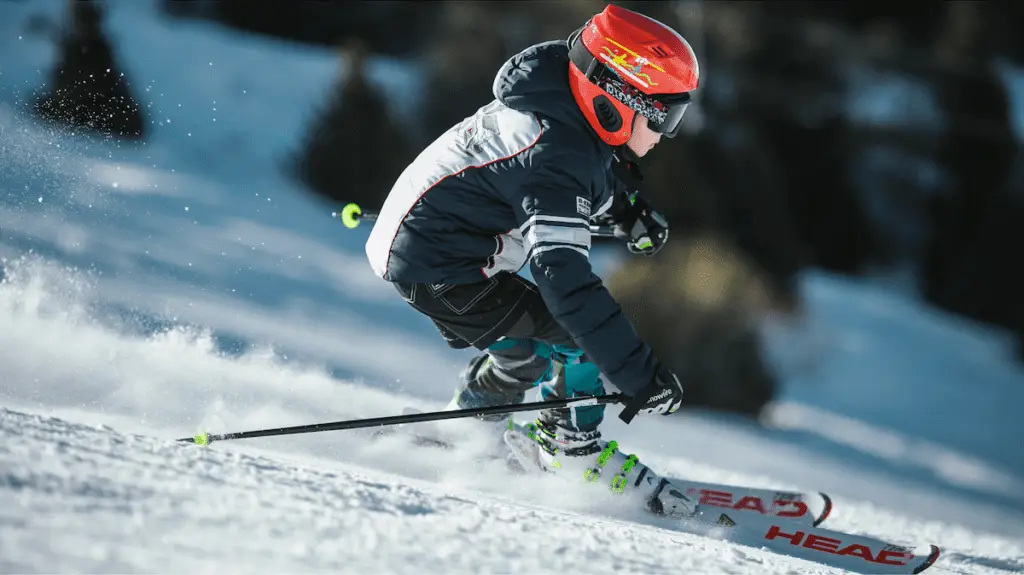Frequently
Asked
Questions

As a board-certified orthopedic surgeon and specialist in knee and shoulder surgery at the Hospital for Special Surgery (HSS) in New York City, people often reach out to me with questions about knee and shoulder surgery, recovery, and research. I provide compassionate, knowledgeable care informed by my ongoing research and offer both surgical and non-surgical treatments for knee injuries. I’ve put together this list of frequently asked questions to help you find the answers you need.
Practice Logistics and Access
Do you offer phone consults/telehealth visits?
Yes—virtual consults are available for those with recent MRIs or X-rays. Please call my office at 212-606-1725 to schedule, upload your imaging, and discuss your options for knee and shoulder injuries. Set up your appointment or remote consultation.
Is it possible to do an observation of your surgical work?
Since I already have residents and fellows observing at the Hospital for Special Surgery (HSS), I typically cannot accommodate additional observers.
Knee Treatment Options: Surgical & Non-Surgical
How does Cartiheal compare to OCA and MACI?
Definitions:
- Cartiheal is a synthetic scaffold used to help regenerate cartilage and underlying bone in the knee.
- Matrix-Associated Autologous Chondrocyte Implantation (MACI) is a two-stage procedure where a patient’s own cartilage cells are grown in a lab and then implanted to repair cartilage defects.
- Osteochondral Allograft Transplantation (OCA) is a procedure where bone and cartilage from a donor are transplanted to repair a damaged area in the knee.
- Cartilage lesions are damaged areas in the smooth tissue lining the ends of bones in the joint.
Cartiheal is approved for degenerative cartilage lesions, especially with bone involvement, and often for patients over 35.
MACI repairs one or more cartilage defects and requires two surgeries.
OCA suits single focal lesions >2 cm², heals faster than MACI, and uses donor tissue.
What is the recovery time for Cartiheal vs. the osteochondral allograft?
Both have an average full recovery of about six months.
Are you seeing better results from Cartiheal vs. an allograft implant?
Cartiheal is still new, and while recovery times are similar, osteochondral allografts have a success rate of around 85%.
Are the customized knee replacements that insurance doesn’t cover worth paying extra for?
No; current evidence does not support extra payment for these custom implants as no superior outcome data exists.
I’m interested in Moximed MISHA and don’t want to do a total knee yet. Is this commercially available?
Osteoarthritis is a degenerative joint disease where cartilage gradually wears away, leading to pain and stiffness. And yes, the MISHA knee system is an implantable shock absorber now available for certain patients with early medial knee osteoarthritis.
Knee Injuries and Complex Diagnoses
With a retear after a knee [ACL] reconstruction, what kind of pain and swelling is expected and what other injuries would cause instability in the knee under load while trying to pivot?
Anterior Cruciate Ligament (ACL) is the main ligament that helps stabilize the knee. Pain and swelling after a retear vary and depend on the injury mechanism. Persistent swelling warrants an MRI to assess for secondary ligament or cartilage injury, as these can cause instability while pivoting.
I have a child with Ehlers Danlos that suffered a tibial plateau avulsion fracture with damage to the ACL and meniscus who also has patellar instability issues in both knees. Who should we see?
Tibial plateau avulsion is when a piece of bone at the top of the shinbone is pulled off by a ligament or tendon, sometimes caused by trauma or sports injury. Patellar instability means the kneecap is prone to shifting out of place, leading to pain and sometimes dislocation.
A pediatric orthopedic surgeon with experience in sports injuries or patellar instability—especially one with a clear understanding of growth plate considerations—would be best. (Growth plates are areas of developing tissue at the ends of long bones in children and adolescents; injury here can affect growth.)
Osteotomies and Rehabilitation
I’ve just had Tibial Tubercle Osteotomy (TTO) surgery. I’m a week post op and it’s quite painful. Any tips on what to do to get back to my active lifestyle?
An osteotomy is surgical cutting and realignment of bone to improve joint function, and a TTO is a surgery where the bony bump below the kneecap is moved to correct knee alignment and improve stability. Early recovery is challenging; use cold therapy often, fully straighten your knee, achieve 90 degrees flexion while sitting, and perform quad sets to maintain quadriceps strength. (Quad sets are exercises where you tighten the thigh muscle with the leg straight to maintain strength during recovery.) Here’s more information on TTO rehab.
Do you send the tibial tuberosity post-ops to physical therapy?
Yes, patients are usually sent to physical therapy for at least six months to ensure optimal mobility and strength. Make sure you find a licensed physical therapist with experience helping patients recover from these types of surgeries.
I had a Tibial Tubercle Osteotomy (TTO). When do you recommend the screws be removed?
The screw should be removed six months or later, once bone healing is confirmed.
I had a Tibial Tubercle Osteotomy (TTO) after years of pain and irritation and they found a huge gap of cartilage in my knee. Two years later, I still can’t jog or play tennis. What should I do?
If pain persists, a high-quality MRI can help evaluate remaining cartilage. Persistent defects may be treatable with cartilage transplant procedures.
Patellar Instability and Cartilage Restoration
I was told I can’t get surgery for my patella alta until I am fully grown. Is this true?
Patella alta means the kneecap sits higher than normal in the knee joint, which can cause instability. As far as when surgery is possible, you don’t necessarily need to wait until you’re fully grown. Bone age (assessed via hand X-rays) guides timing of surgery. In select cases, patellar tendon shortening is possible during growth. This post provides additional information about patella alta treatment.
I have an upcoming medial patellofemoral ligament (MPFL) surgery. How much time will I have to wait until I can start (slowly) moving again?
Post-MPFL reconstruction, weight-bearing and knee flexion while sitting typically resume immediately. If strong pre-op, most can return to nearly full activity in about four months.
I have patellofemoral osteoarthritis (grade IV), outerbridge cartilage loss in the patella and trochlea [femur]. Is this curable?
Outerbridge is a cartilage grading system; grade IV means severe cartilage loss exposing bone.
While not curable, new options exist for treating patellofemoral osteoarthritis. Patients under 40 may benefit from cartilage transplant and osteotomy; partial knee replacement is viable in some cases. (A partial knee replacement is a surgical procedure replacing only the damaged compartment of the knee, not the whole joint.
Knee Deformities and Bracing
Is bracing an effective modality for constant hyperextension (genu recurvatum)?
Genu recurvatum is a condition where the knee hyperextends, bending backward beyond normal limits. And no, bracing is not effective long-term for genu recurvatum.
Is there anything done for genu recurvatum? Or any sort of prevention that can be utilized?
Operative treatment is not typical. Working with a physical therapist to avoid knee locking and improve neuromuscular control can help with prevention.
Injury Terminology & Definitions
What is the injury called if the patella tendon pulls a piece of the tibia out?
This is known as a patellar tendon avulsion, which almost always requires surgical repair. This injury happens when the tendon connecting the kneecap to the shinbone pulls off a piece of bone.
Have More Questions?
For additional or specific questions about knee or shoulder surgery, recovery, or recent orthopedic research, contact me directly, and I’ll do my best to respond and update this page as new insights and treatments become available.
About this resource: Answers reflect the latest research and my surgical experience at HSS, and are updated regularly as new data and techniques emerge. For more patient education and resources, see my patient information and check out my blog posts.

